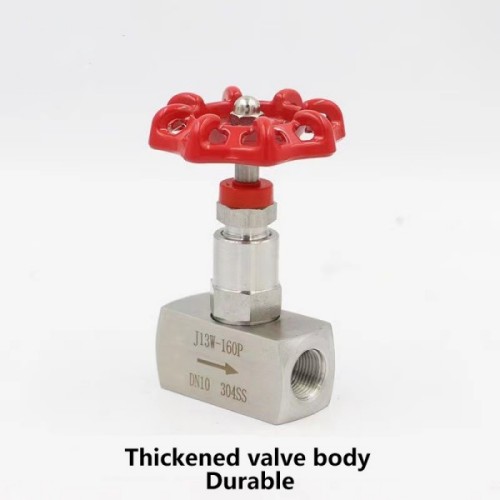Fittings for 15mm Pipe Connections and Installations in Plumbing Systems
Understanding 15mm Pipe Fittings A Comprehensive Guide
When it comes to plumbing and piping systems, the components used play a crucial role in ensuring the efficiency and functionality of the entire system. One of the most commonly used sizes in residential and commercial plumbing is the 15mm pipe fitting. This article aims to provide an in-depth understanding of 15mm pipe fittings, including their types, applications, and installation practices.
What Are 15mm Pipe Fittings?
15mm pipe fittings are components designed to connect, terminate, or change the direction of 15mm diameter pipes. These fittings are essential in various plumbing applications, including water supply lines, heating systems, and gas supply. The 15mm size is particularly popular due to its versatility and suitability for both low and high-pressure systems.
Types of 15mm Pipe Fittings
There are several types of fittings available for 15mm pipes, each serving a specific purpose
1. Elbows These fittings are designed to change the direction of the pipe run. A 90-degree elbow is commonly used to make sharp turns, while a 45-degree elbow can provide a gentler bend.
2. Tees Tee fittings are used to create a branch in the piping system. A 15mm tee allows for the connection of another pipe at a right angle, which is useful for splitting water flow to various outlets.
3. Couplings These are used to join two pieces of pipe together in a straight line. Couplings are essential for extending pipe lengths or repairing sections of damaged piping.
4. Reducers When there is a need to connect pipes of different diameters, reducers facilitate this transition smoothly. A 15mm to 22mm reducer, for instance, allows for the connection between a smaller and a larger pipe.
6. Bushings Bushings are used to connect a pipe with a smaller diameter to one with a larger diameter, which can be useful in circuiting installations or when adapting to existing systems.
Materials Used in 15mm Pipe Fittings
15mm pipe fittings

15mm pipe fittings come in various materials, each with its own set of advantages
- Copper Known for its durability and resistance to corrosion, copper fittings are widely used in plumbing. They are suitable for both hot and cold water systems.
- Plastic PVC and CPVC fittings are lightweight, resistant to corrosion, and easy to install, making them an ideal choice for a wide range of plumbing applications.
- Brass Brass fittings are strong, corrosion-resistant, and can handle high-pressure applications, making them suitable for both gas and water systems.
- Stainless Steel Often used in high-temperature environments or where corrosion is a concern, stainless steel fittings are robust and reliable.
Installation of 15mm Pipe Fittings
Installing 15mm pipe fittings requires careful planning and the right tools to ensure a secure and leak-free connection. Here are basic steps to follow
1. Preparation Before installation, ensure that all necessary components and tools are available. Measure the pipes accurately to avoid wastage.
2. Cutting the Pipes Use a pipe cutter to make clean cuts on the pipes. Ensure that you have square edges for better connections.
3. Joining the Fittings Depending on the type of fitting, you may need to solder, glue, or use compression techniques to join the pipes securely.
4. Testing for Leaks After installation, it is crucial to test the system for leaks. Pressure testing can help identify any weak points in the connections.
Conclusion
15mm pipe fittings are an integral part of plumbing systems, playing a vital role in ensuring efficient water flow and system reliability. Understanding the different types, materials, and installation practices is essential for anyone involved in plumbing, whether for professional or DIY purposes. With the right knowledge and skills, you can ensure that your plumbing system functions optimally and serves its intended purpose effectively.
-
The Key to Fluid Control: Exploring the Advantages of Ball Valves in Industrial SystemsNewsJul.09,2025
-
The Versatile World of 1, 2, and 3 Piece Ball ValvesNewsJul.09,2025
-
Stainless Steel Ball Valves: The Ideal Choice for Efficient Flow ControlNewsJul.09,2025
-
Optimizing Fluid Control with Ball Float ValvesNewsJul.09,2025
-
Manual Gate Valves: Essential for Control and EfficiencyNewsJul.09,2025
-
Everything You Need to Know About Butterfly ValvesNewsJul.09,2025
-
The Versatility of Wafer Type Butterfly ValvesNewsJul.08,2025




